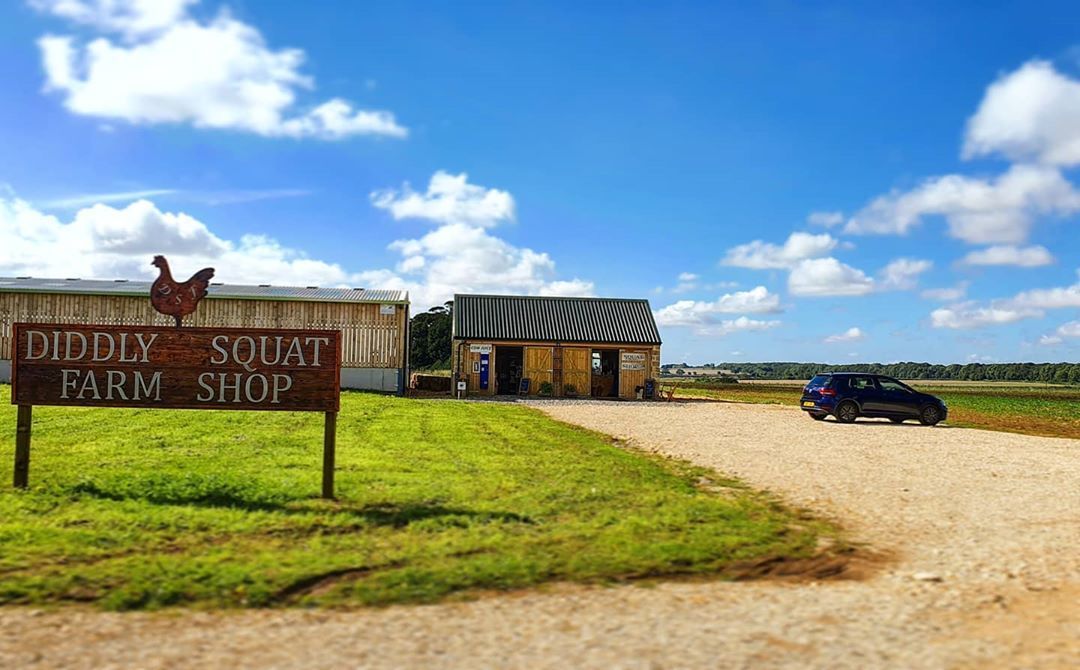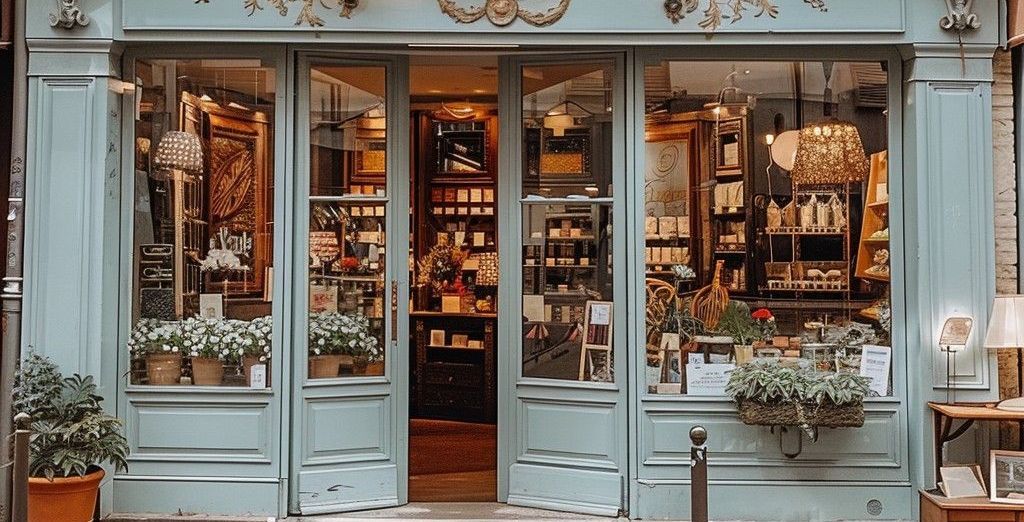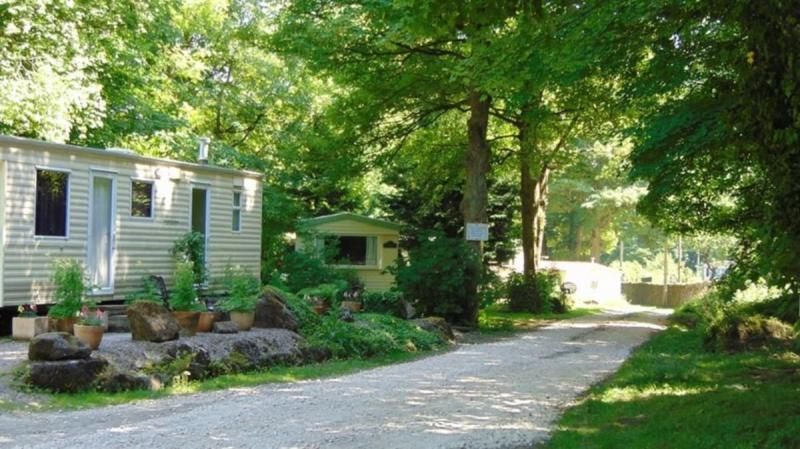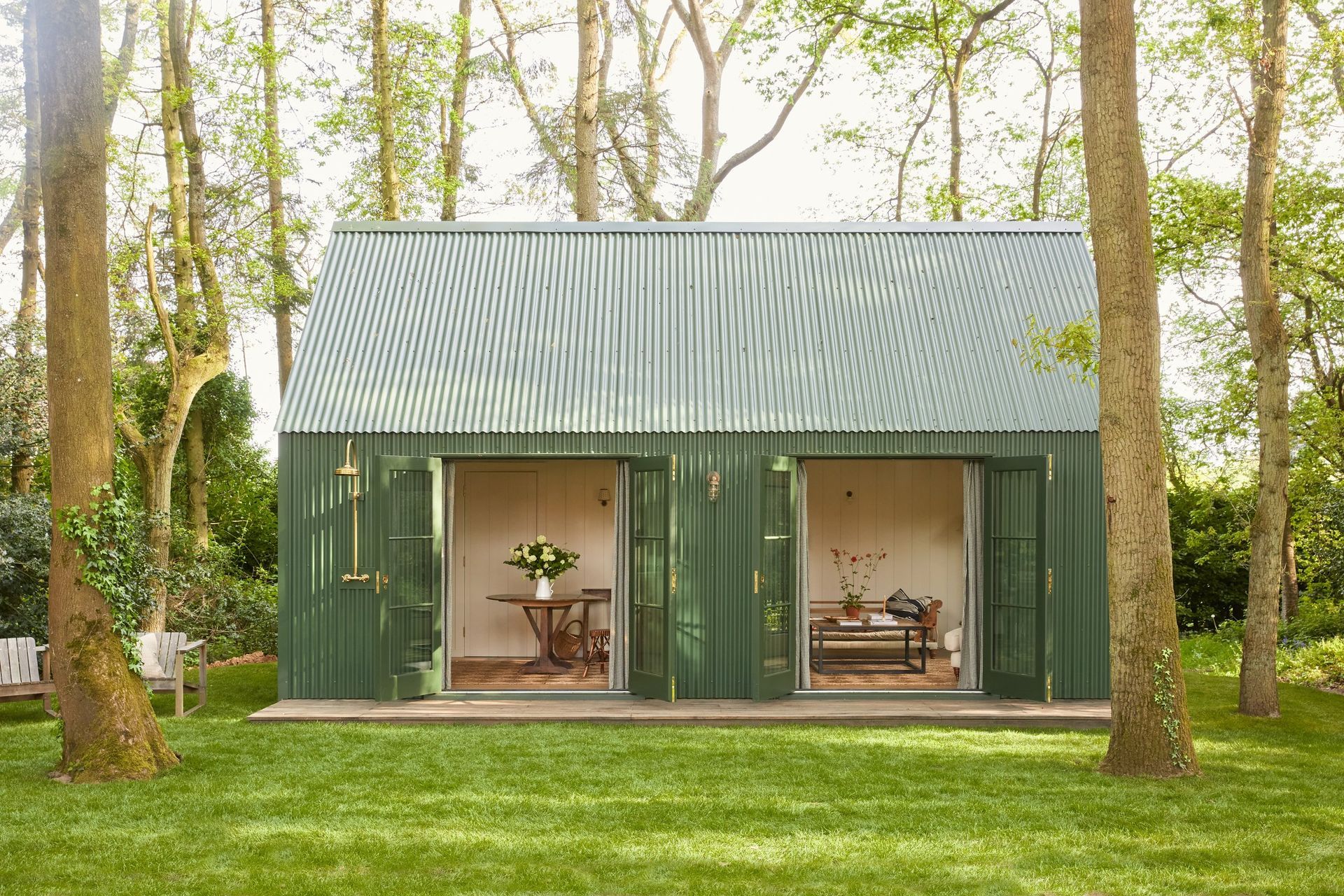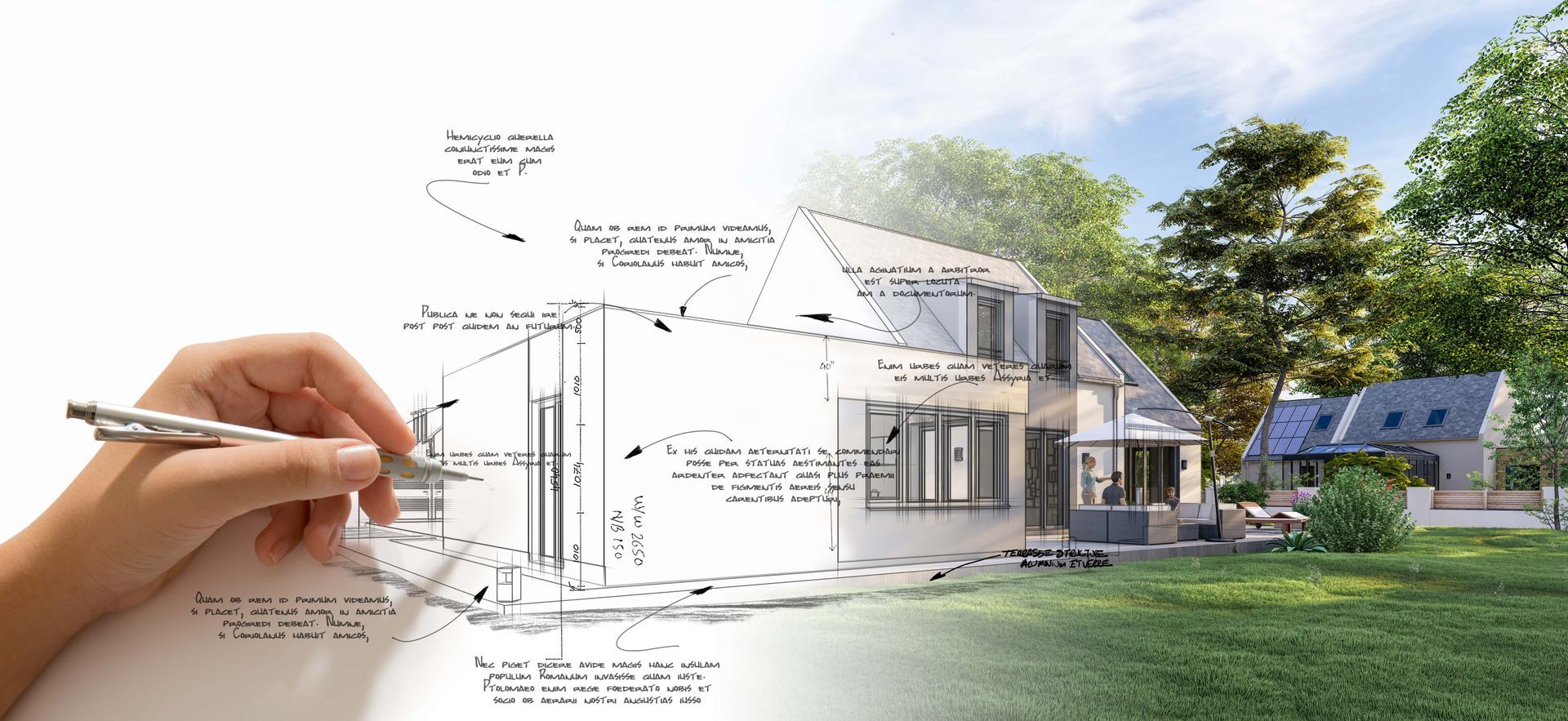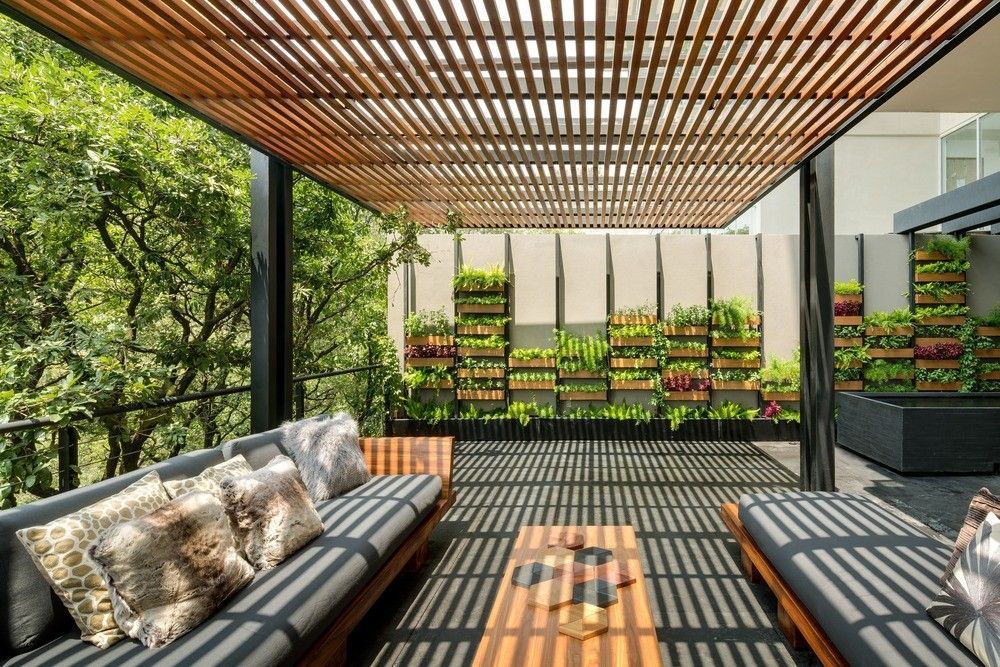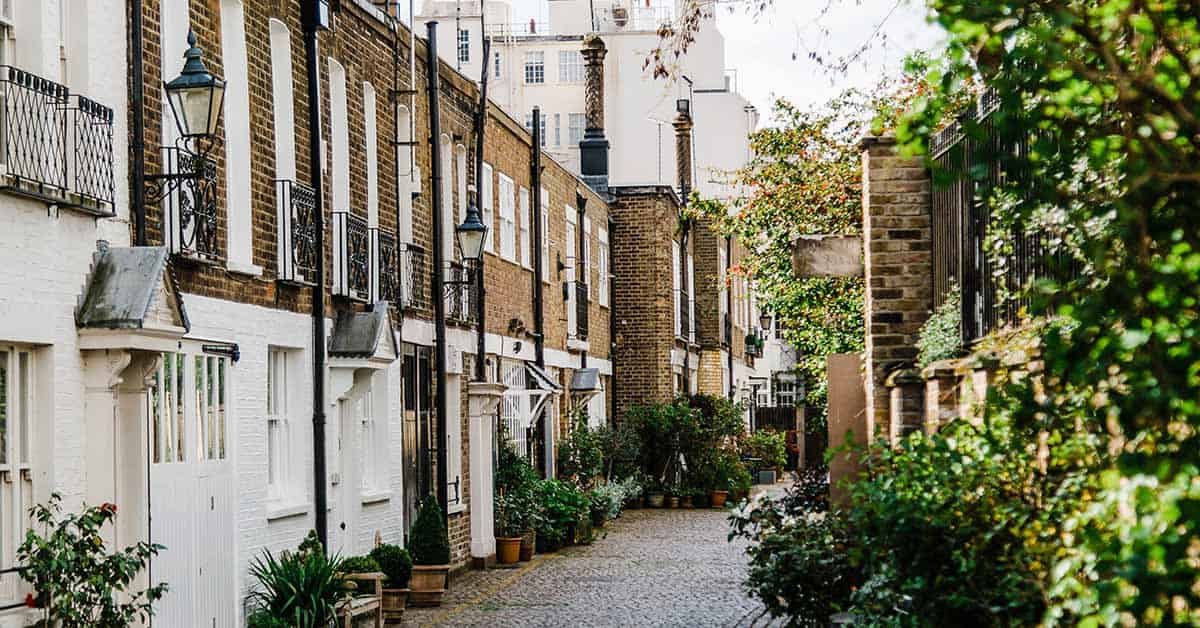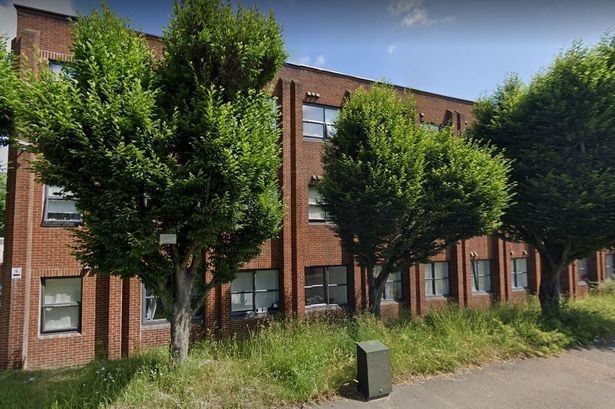“Ariyo, Round 2”
The Court of Appeal recently upheld a High Court decision quashing a grant of planning permission in which the interpretation of a previous permission played a key part, despite finding that the High Court had misinterpreted that previous permission.
In 2022, the council granted permission for a rear garden pergola extension to a restaurant. Key to the decision was the council’s view that the use of the rear garden as part of the restaurant was lawful. Mr Ariyo, a neighbour, brought a judicial review of the decision.
The site comprised a ground floor restaurant with unrelated residential accommodation upstairs and a rear garden. Prior to 2005, the ground floor had operated as a hardware shop. There was evidence that plants had been grown in the rear garden for sale in the shop. In 2005, permission was granted on appeal for the change of use of the ground floor hardware shop to a restaurant. In 2006, permission was granted for a rear extension to the restaurant and construction of a store in the garden. In 2008, permission was granted for the change of use to a mixed restaurant and takeaway, with deliveries being picked up from the new rear extension. The blue line plan for the 2005 application showed only the building; the red line ownership plan showed the whole site. The plans for the 2006 application showed the proposed buildings on a site plan. The plans for the 2008 application showed the whole site and adjacent features.
The pergola appeared in 2021. Following discussion with enforcement officers, a retention application was invited and refused, and an appeal dismissed on design grounds. But a revised application for a modified pergola was then made for which permission was granted. The revised application was for the structure only, not any change of use. But the officer report assumed that the use of the rear garden as part of the restaurant was lawful given the longstanding restaurant use; it therefore discounted noise impacts.
At the High Court, the council argued that the 2005 permission was for the whole site, including the garden, because that was the red-lined site. The court disagreed. The 2005 permission was, it said, for the ground floor of the building only; nothing else. This was clear from the blue lined plan, from the fact that the 1st floor was excluded and from the fact that conditions sought to protect the residential amenity only of the first floor occupiers. The 2008 takeaway permission did not change that. The 2006 extension permission changed the use of the land beneath the extension but no other part of the garden.
The council next argued that the 2005 permission extended to the whole of the planning unit of the restaurant, including the garden. The court side-stepped the issue. The matter simply had not been properly considered by the council in granting permission and could not be taken as read now.
The potential lawfulness by immunity of the use of the garden as part of the restaurant was also considered. But the court rejected this on the basis that there had been no restaurant use until construction of the pergola.
It followed that the council’s decision to grant permission was flawed, judicial review was granted and the decision was quashed. The council appealed.
In our article on the High Court decision, we commented that the High Court’s decision was an odd one. If the rear garden was not part of the restaurant, what was it? Its own planning unit? Really? A small suburban back yard with no other use and no separate access?
At the Court of Appeal, Counsel for Mr Ariyo had no answer to this. Lord Justice Lewison said that this outweighed the stricter interpretation of the 2005 permission imposed by the High Court. Lord Justice Males agreed.
While he agreed with the overall decision, Lord Justice Moylan took a wholly different view on interpretation. For him, the permission was clear enough on its face, it went through an inspector appeal in 2005, the plans restricted the permission to the building and the lack of any conditions protecting neighbouring properties from noise from restaurant use in the garden suggested that those granting permission were only permitting restaurant use within the building itself. The High Court, he said, got the interpretation right. The planning unit concept was “not particularly helpful” in determining the meaning of the 2005 permission, particularly when up against otherwise clear words of the permission.
Further, the Court of Appeal said that the High Court had no business determining that the use of the garden was not lawful by immunity. That was a matter for an inspector at appeal.
That was not the end of the matter though. Mr Ariyo also contended that, even if the use of the rear garden as part of the restaurant was lawful (whether by the 2005 permission or expiry of time), the council, in granting permission, had nevertheless wrongly concluded that noise mitigation was “not in question”. This was because the construction of the pergola was not merely a change of use; it was a building operation which would create additional noise and the design of which (a 60cm ground level reduction, then construction or a large structure hard against the boundary wall with retractable glass panels and no known acoustic mitigation) ought at least to have generated some conditions. This aspect was upheld by all three judges in the Court of Appeal. The appeal was therefore dismissed.
By way of comment, while it is difficult to argue that the majority reached the right conclusion that the garden was lawfully in use as part of the restaurant, the decision does suggest that
- interpretation of permissions is way more a matter of judgment than the “face of the permission” cases such as Trump International might suggest. Four eminent judges considered this permission; so far the decision is 2:2!
- The dividing line between what part of the interpretation is for the inspector and what is for the court is more flexible than might be expected. If the court wants jurisdiction, it will take it.
- The primacy of the planning unit as the starting point for assessing use is “not particularly helpful” where matters of interpretation are concerned.
